When Hell’s Paradise (Jigokuraku) exploded onto screens in April 2023, it carved out its own bloody, beautiful space in the anime landscape. While Demon Slayer dominated the shounen conversation with its flashy animation and emotional beats (ok…lmao), Hell’s Paradise quietly assembled something darker, deeper, and arguably more compelling. Now, with Season 2 confirmed for January 2026, it’s time to address the elephant in the room: Hell’s Paradise might just be the better show.
Season 1: A Masterclass in Dark Fantasy
Hell’s Paradise didn’t waste time with introductions. From the opening sequence—featuring severed heads and a protagonist who simply refuses to die—the series established itself as something fundamentally different from typical shounen fare. Gabimaru the Hollow, a legendary assassin sentenced to death, can’t be executed. Not because he’s invincible (ok he’s kinda really tough), but because deep down, he wants to live. He wants to return to his wife, Yui.
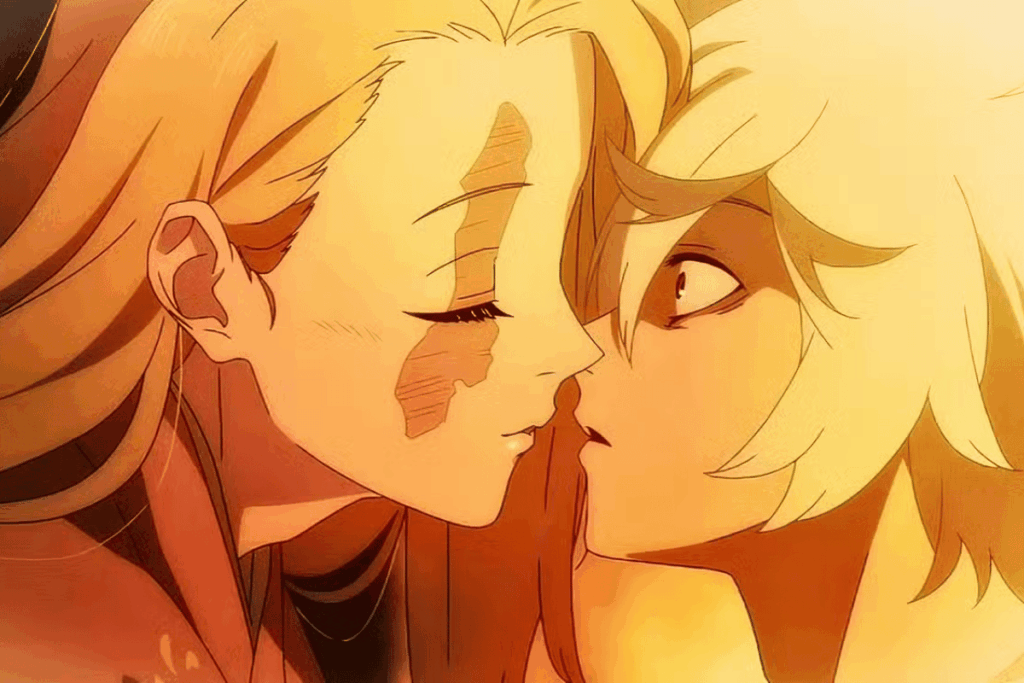
This emotional core elevates Hell’s Paradise beyond a simple action spectacle. When executioner Yamada Asaemon Sagiri offers Gabimaru a deal—retrieve the Elixir of Life from the mysterious island of Shinsenkyo and earn a pardon—the stage is set for a narrative that seamlessly blends visceral action with genuine emotional depth.
What Made It Exceptional
The Characters Actually Matter
Unlike Demon Slayer’s often one-note supporting cast, Hell’s Paradise presents an ensemble where nearly every character feels three-dimensional. The death row convicts aren’t just fodder for action sequences—they’re deeply flawed individuals with rich backstories, complex motivations, and meaningful relationships with their assigned executioners.
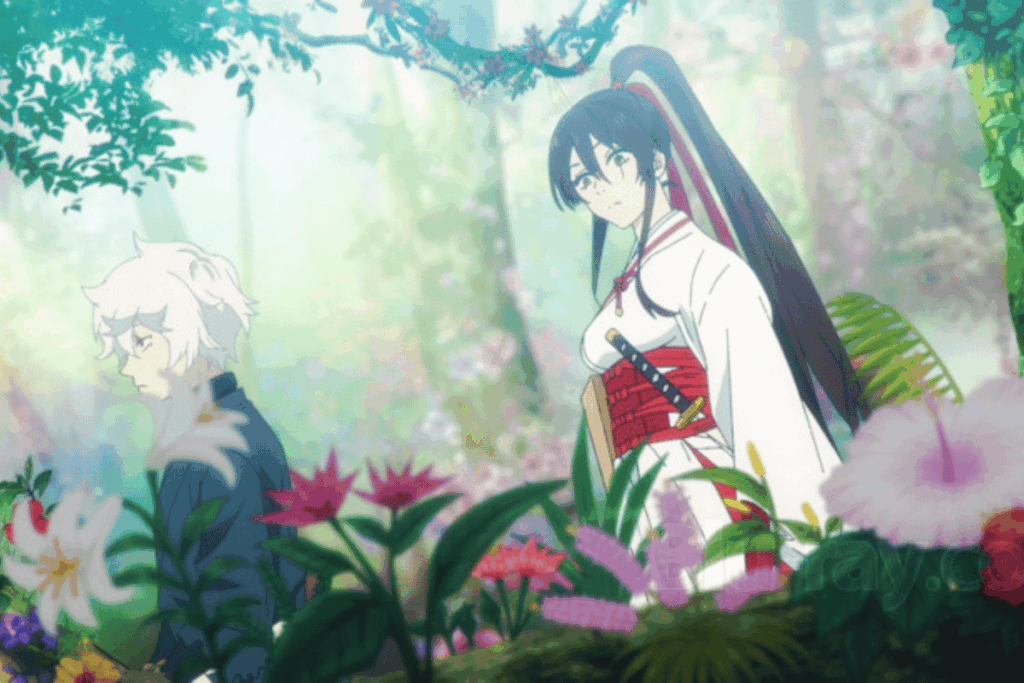
Sagiri herself stands out as one of the most compelling female protagonists in recent shounen anime. She’s not relegated to support or comic relief; she’s a skilled warrior grappling with her own insecurities about strength and femininity while providing crucial emotional intelligence to balance Gabimaru’s hollow exterior.
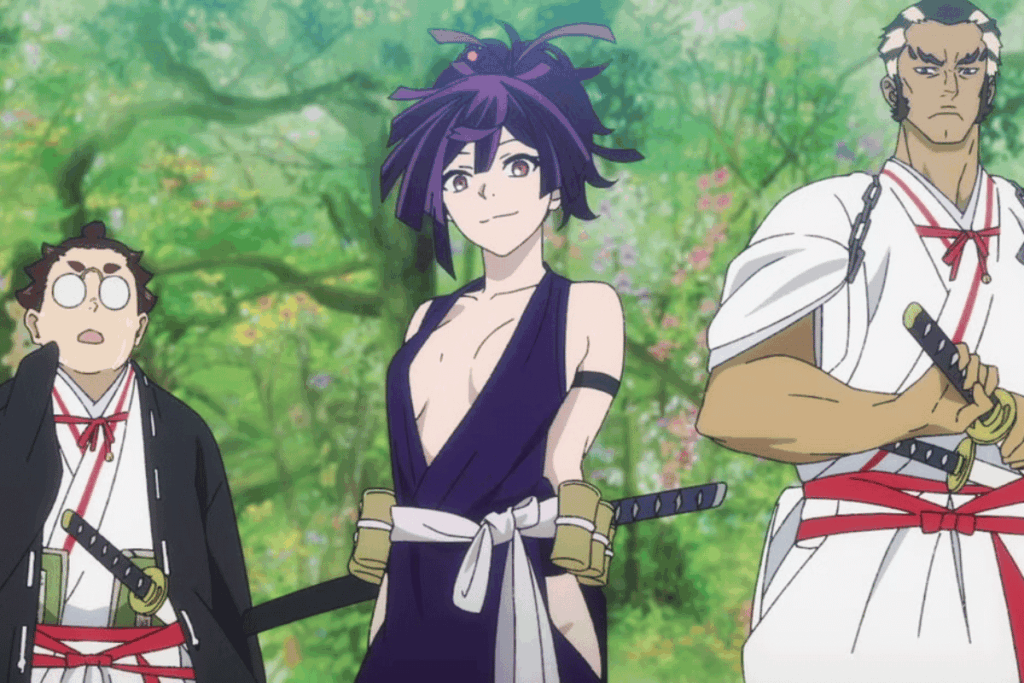
The dynamic between convicts and executioners creates fascinating tension. These aren’t simple hero-villain relationships. They’re forced partnerships between people who should be enemies, creating bonds that feel earned rather than manufactured.
A World That Rewards Exploration
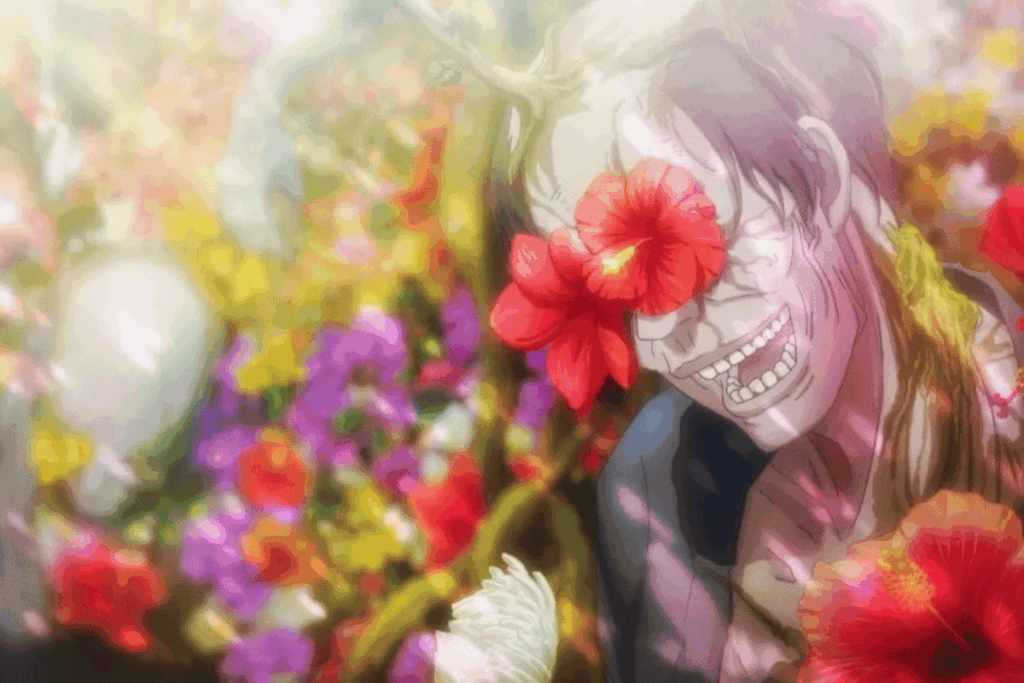
Shinsenkyo itself is a character—a paradise that’s actually hell, where vibrant flowers conceal body horror and beautiful landscapes hide nightmarish creatures. The island’s Lord Tensen are disturbing, otherworldly antagonists that feel genuinely alien and threatening, not just powerful enemies to overcome.
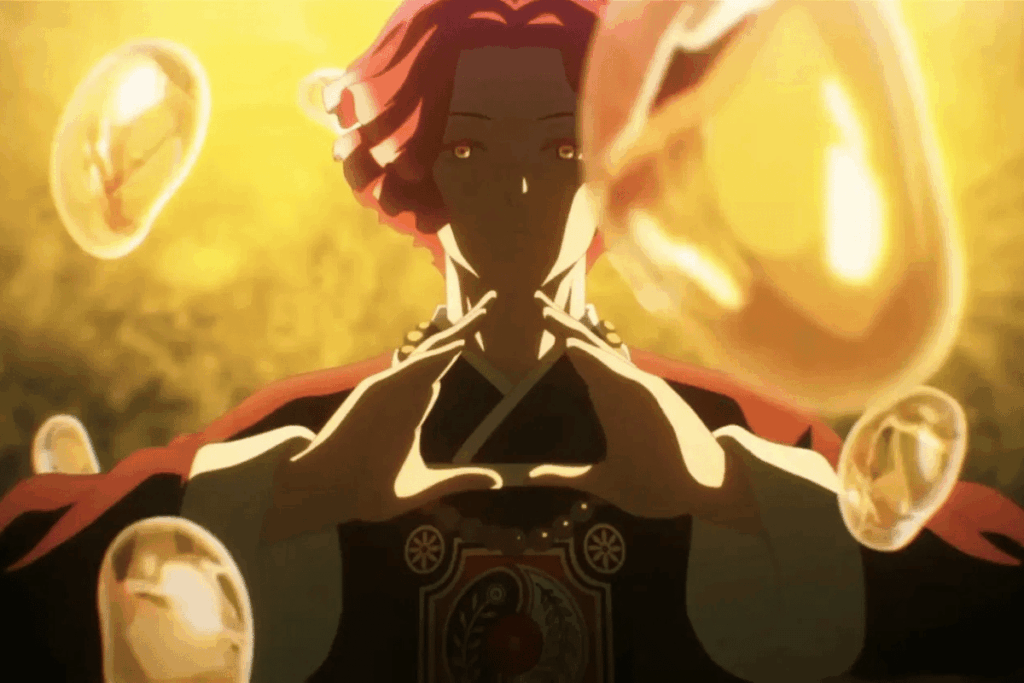
The Tao system—the series’ power structure—adds philosophical depth to combat. It’s not just about who’s stronger; it’s about understanding the balance between opposing forces, accepting weakness as part of strength, and finding harmony between contradictions. This thematic richness gives fights meaning beyond spectacle, and even adds a lot of strategic depth down the line as characters figure out who they are well-suited against, poorly suited against, and best paired with in terms of synergy and compensating for their weaknesses.
MAPPA’s Visual Achievement
Studio MAPPA delivered something special with Hell’s Paradise. The animation blends gorgeous, almost psychedelic color palettes with moments of stark, disturbing violence. Gabimaru’s neon fire jutsu is visually distinct and memorable. The final episode’s battle against Mu Dan showcased fluid, dynamic action that rivals anything Demon Slayer has produced.
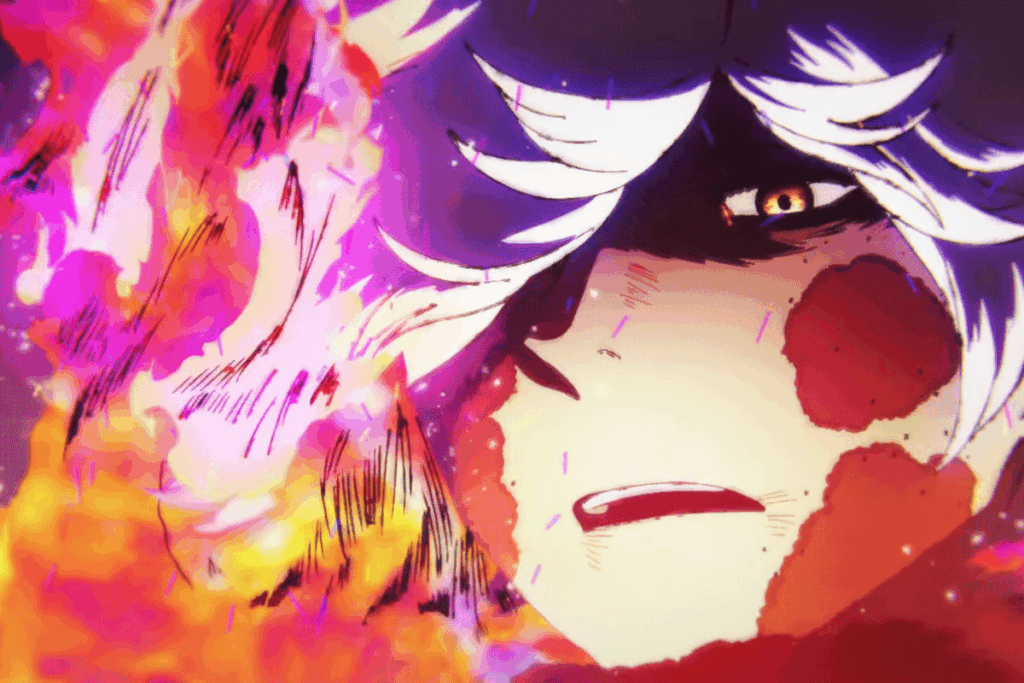
More importantly, MAPPA made deliberate artistic choices that serve the narrative. The contrast between Shinsenkyo’s flower-filled paradise and its grotesque inhabitants creates visual dissonance that reinforces the show’s central themes. The beauty and horror aren’t separate—they’re intertwined, just like the series’ exploration of strength and weakness, death and life.
The voice acting deserves special mention. Chiaki Kobayashi brought emotional range to Gabimaru that captured both his deadly efficiency and hidden vulnerability. Yumiri Hanamori’s Sagiri balanced strength with uncertainty perfectly. The supporting cast delivered consistently strong performances that elevated emotional moments.
And that ending song—”Kamihitoe” by Uru—is an astoundingly beautiful ballad that captures the series’ melancholic beauty.
Why Hell’s Paradise Surpasses Demon Slayer
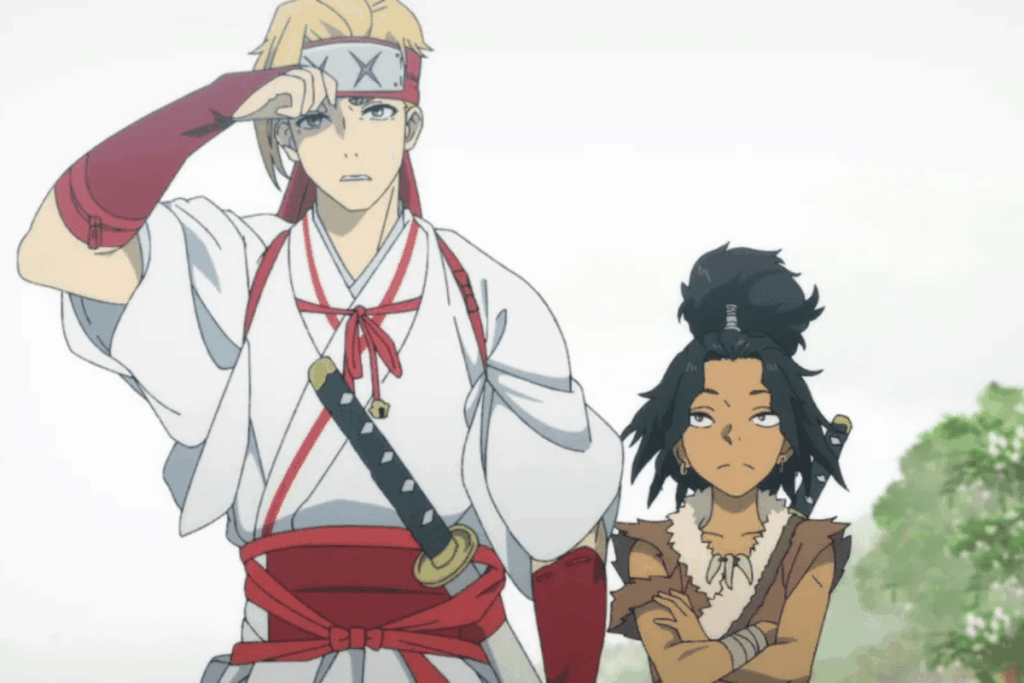
Let’s address this directly: Demon Slayer is visually spectacular, but often emotionally shallow. Its character deaths feel manipulative, designed to extract tears through backstory dumps rather than genuine character development. The power system is straightforward to the point of simplicity. The supporting cast rarely evolves beyond their initial archetypes.
Hell’s Paradise does everything Demon Slayer attempts, but with more sophistication:
- Emotional depth without manipulation: When characters die in Hell’s Paradise, it hurts because we’ve spent time with them, not because we got a five-minute tragic backstory flashback right before their death.
- Morally complex characters: There are no pure heroes or irredeemable villains. Everyone exists in shades of gray, making choices based on survival, loyalty, or personal codes that don’t always align with conventional morality.
- Thematic richness: Hell’s Paradise explores acceptance of contradiction—that strength includes weakness, that paradise and hell can coexist, that death and life are intertwined. These themes are woven into the narrative rather than stated explicitly.
- Consistent quality: While Season 1 had some animation inconsistencies, the overall visual quality remained high. More importantly, the writing never dipped. Every episode advanced character development or world-building meaningfully.
Season 2: What’s Coming
With Season 2 confirmed for January 2026, expectations are sky-high. The first season covered roughly half of Yuji Kaku’s 13-volume manga, ending with Gabimaru losing his memories and the Shogunate authorizing a second expedition to Shinsenkyo.
Season 2 will adapt the Hōrai Arc, taking survivors deeper into the island toward Hōrai, the Lord Tensen’s stronghold. This means more large-scale battles, deeper exploration of the Tao system, and confrontations with remaining Tensen including Ran, Ju Fa, Tao Fa, Gui Fa, and Zhu Jin. Expect the stakes to escalate dramatically.
Director Kaori Makita returns, along with series composition writer Akira Kindaichi and character designer Akitsugu Hisagi. This continuity ensures the same creative vision that made Season 1 special will guide Season 2.
A teaser trailer released at Jump Festa 2025 shows Sagiri and companions advancing into Shinsenkyo’s mysterious depths, introducing new executioners like Yamada Asaemon Shugen who landed on the island. The visual quality looks as stunning as Season 1, suggesting MAPPA is maintaining its commitment to bringing Kaku’s vision to life.
The Dark Trio’s Best Entry
Hell’s Paradise is often grouped with Jujutsu Kaisen and Chainsaw Man as the “dark trio” of modern shounen—all three animated by MAPPA, all featuring mature themes and graphic violence. But Hell’s Paradise might be the best of the three.
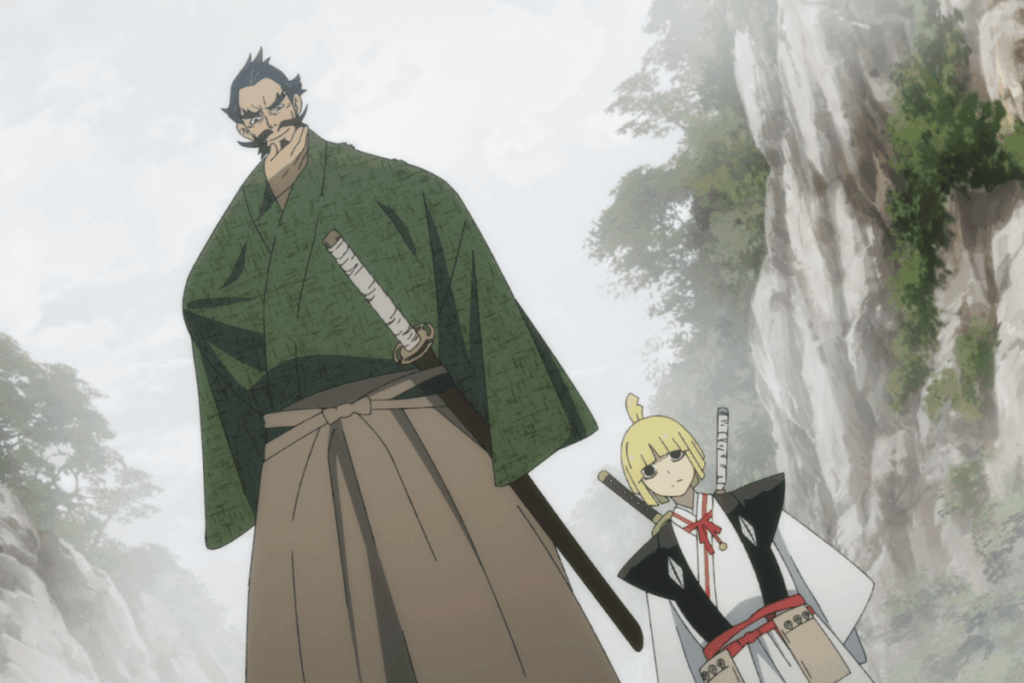
It has Jujutsu Kaisen’s complex power system and philosophical depth without getting lost in its own complexity. It has Chainsaw Man’s willingness to subvert shounen tropes and embrace darkness without sacrificing emotional authenticity. Hell’s Paradise finds the sweet spot between the two, delivering a story that’s simultaneously brutal and heartfelt, action-packed and thoughtful.
Final Verdict
Hell’s Paradise isn’t for everyone. It’s gory, disturbing, and doesn’t pull punches with its body horror or themes. But for viewers who want shounen anime that respects their intelligence, that creates characters worth caring about, and that builds a world worth exploring, Hell’s Paradise delivers in ways Demon Slayer simply doesn’t.
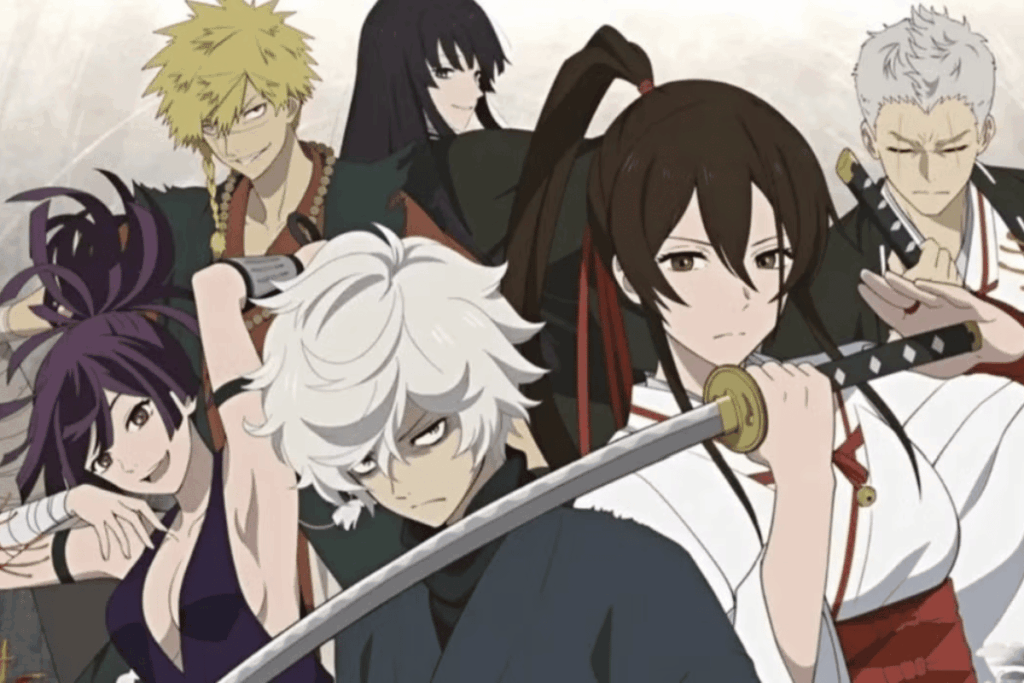
Season 1 proved this series has substance behind its style. Season 2 has the opportunity to elevate Hell’s Paradise from excellent to essential viewing. With MAPPA’s animation prowess, a complete manga to adapt, and a creative team that clearly understands what makes the source material special, January 2026 can’t come soon enough.
If you slept on Hell’s Paradise when it first aired, now’s the perfect time to catch up before Season 2 drops. Trust me—this is one hell of a paradise worth visiting.
Read More:
DanDaDan Cosplay: Merch & Displays at Philippine’s First Pop-Up Event – VRSUS
Why ’90s Anime Is The Gold Standard – VRSUS
Silence Suzuka’s Voice Actress Marika Kohno Will Be at Philippine Game Show 2025 – VRSUS
How Anime and Superheroes Became the New Symbols of Philippine Protests – VRSUS





